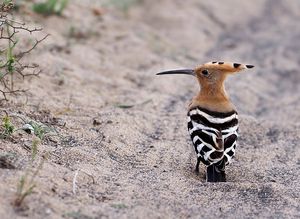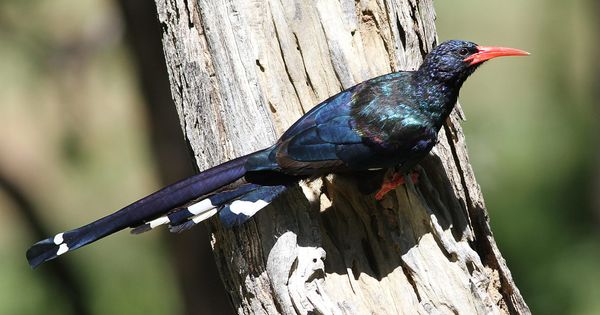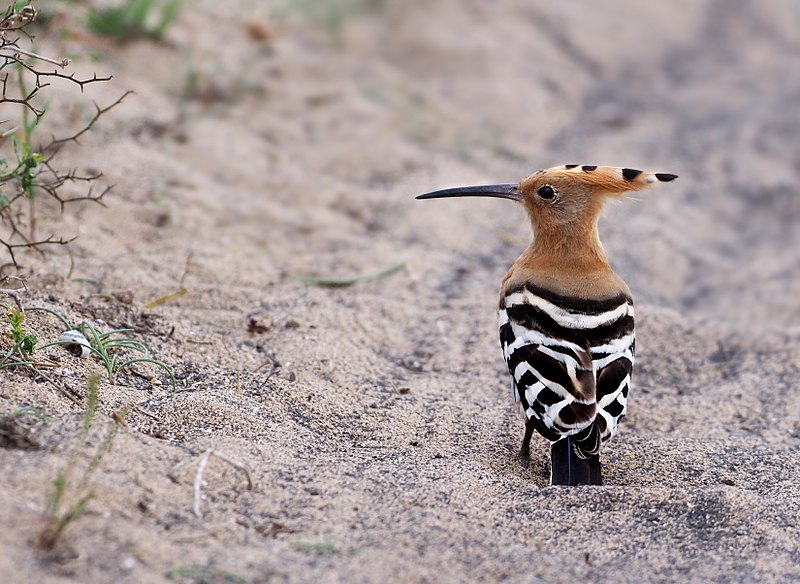 LINKED PAPER
LINKED PAPER
Aposematism and mimicry in birds. Hedley, E. & Caro, T. 2021 IBIS. doi: 10.1111/ibi.13025 VIEW
One hundred and fifty years ago, Alfred Russel Wallace realized that conspicuous coloration in caterpillars signalled their unpalatability or toxicity and since then hundreds of other cases have been identified in molluscs, insects, amphibians, snakes, and fish. In contrast, rather few examples have been identified in homeotherms perhaps because few birds or mammals are toxic. The only cases in birds are the Pitohuis, a New Guinean genus with black and orange plumage, that secrete poisonous batrachotoxins in their feathers.
Nevertheless, Wallace and Edward Bagnall Poulton, the main proponent of warning coloration also called aposematism, were keen to stress that conspicuous colouration might warn of many sorts of defence, including hard integument, rapid flight, ability to fight back and weaponry. Such broad-sense warning coloration advertises an animal’s defences and it pays predators to pay attention to them to avoid injury or wasting time trying to catch and subdue prey. If this was the case in birds, it might explain why some species are brightly coloured rather than their gaudy colours being products of sexual selection.
We looked for such cases in the literature and to our surprise found many examples that had never been pulled together before. Some of these defences are employed before the predator makes contact prey and include species flashing bright colour patches at the predator when they have seen it approach from a distance, like rails; species that signal their ability to escape such as Eurasian Hoopoes (Upupa epops); and deimatic species that flash conspicuous body parts to shock the predator, like some cuckoo species nestlings. And there are species that signal their pugnacity like skuas. Yet other species are weaponised like some brightly coloured woodpecker species, or that have noxious smells like Wood Hoopoes.

Figure 1 A Green Wood Hoopoe (Phoeniculus purpureus) has conspicuous white plumage patches set on a dark background and a noxious smell from its uropygial secretions © Derek Keats CC BY-2.0 Wikimedia Commons.
Turning to narrow-sense aposematism, some species are unpalatable and conspicuous like Ground Hornbills (Bucorvus spp.) or are toxic like the famous pitohuis. In several instances, other species without such defences mimic these models effectively parasitizing the defence signal.
Our attempt to explain conspicuous colouration of some birds is not new. In the 1940s, Hugh Cott, the famous colour biologist, recorded the colouration of species accepted by hornets, cats and humans as being palatable or avoided because they were distasteful, and Baker and Parker in 1979 drew links between unprofitable bird species and colouration. But these comparative attempts were forgotten because they were deemed as quirky or else they overlooked the importance of sexual selection driving colouration in birds. Our attempt to collate disparate strands of evidence shows that it is premature to dismiss warning colouration as an evolutionary driver of showy colouration in birds.
Image credit
Top right: Eurasian Hoopoe (Upupa epops) © Andrej Chudý CC BY-NC-SA-2.0 Flickr.
If you want to write about your research in #theBOUblog, then please see here.



